
Swan
Swan
Swan
Sometimes it quietly swims on the lake, and sometimes it is a famous bird that appears in fairy tales… There is even ballet music called Swan Lake, so many people think that its personality is quiet and gentle. It is certainly a beautiful bird in appearance, but it is a mysterious bird that hides an unexpected personality. If you look at this page, you may change your image of swans a little!
Swan Basic Infomation
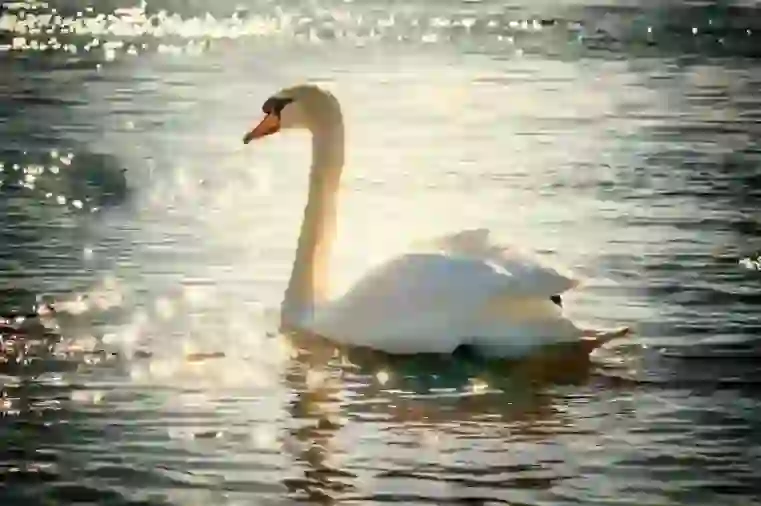
Anseriformes-Anatidae-Cygnus genus.
Length:110~180cm wingspan:180~260cm.
They mainly inhabit the Eurasian continent, the American continent, Canada, Australia, etc.
They are covered with white feathers overall and have long necks. It is often seen as a migratory bird in Japan around winter and returns to where it lived after winter.
Although they have different attributes, it is surprising that swans are also part of the duck family. It seems to be quite difficult to distinguish between males and females because there is almost no difference in appearance.
The breeding season is around May to June. Depending on the breed, they lay eggs in Siberia where they were born and raised rather than in Japan and take care of their offspring there.
Swans lay about 3-6 eggs at once, and chicks are born about 40 days after being warmed. The chicks take about 3 years to grow into adults, but their feathers gradually become beautiful white from gray at first.
The lifespan of swans is said to be around 10 years in the wild and 15-20 years when kept in captivity. Some have even lived for 30 years.
Swans mainly eat aquatic plants such as water grasses and algae at the bottom of rivers. They are omnivorous because they also eat insects and shellfish.
Swan Q&A

Why do swans have long necks?
Although they look a little like ducks, swans are known for their long necks.
So why are swans’ necks longer than those of other waterfowl?
Swans are relatively large waterfowl compared to ducks and geese. Therefore, it is quite difficult for them to dive and search for food in the water.
They cannot dive too deep because they are large. It is believed that they evolved their long necks to make it easier to find food.
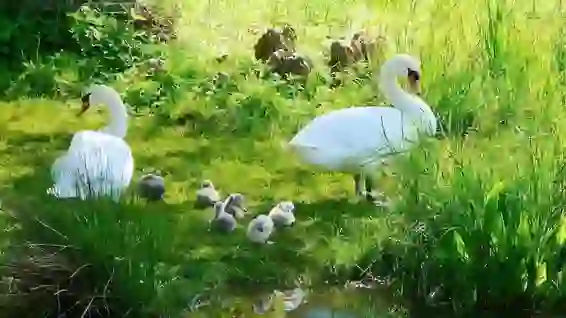
Is it true that swans are loud?
When you think of swans, you might imagine them leisurely and elegantly swimming in lakes and rivers.
But surprisingly, swans are said to have quite loud cries. According to records that measured the sound, their cries are about the same size as a train guard’s whistle. They are also said to be as loud as a vacuum cleaner.
There is a good reason why they make such loud noises. The sea and lakes in Siberia, where they mainly breed, are very large places. Therefore, if they speak in a normal voice, their voices will not reach both males and females. Even if they are already married, they need to shout loudly to confirm each other’s location when they are far away from each other.
I introduced the breeding season of swans as May-June, but after that, their schedule becomes very busy.
They lay eggs from May to June and chicks are born from June to July. After that, they practice diving for food and learn how to fly from their parents. Then around September-October, they prepare for winter and fly to Japan and other places.
In other words, in order to raise their offspring properly and ensure that their descendants survive, they must complete breeding and egg-laying in about one month from May to June.
Because time is so limited like this, swans are said to be rare birds with strong bonds between couples in the animal kingdom. It is proof that they can handle such a busy schedule because of their strong bond.
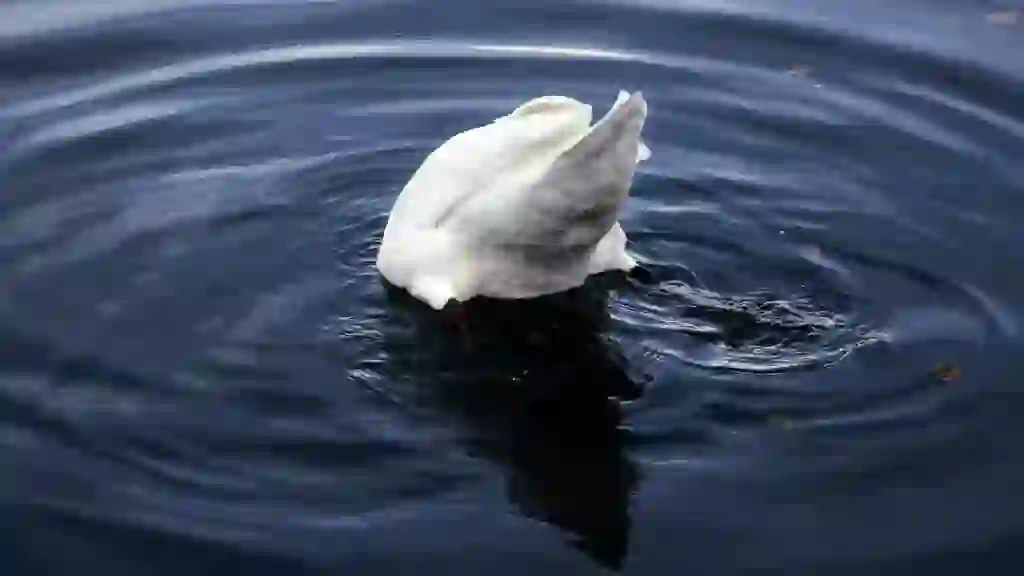
Why do swans overwinter?
As I mentioned in the basic information, swans are basically migratory birds, so they come to Japan from October to April.
Why do swans perform the wintering behavior every year?
The temperature in Eurasia and Siberia, where swans live, is related to this. Siberian winters are a world where temperatures drop below zero, so the lakes that serve as feeding grounds freeze over. If that happens, there is a risk of starvation because nothing can be eaten. Therefore, they come to Japan even in winter to look for food because water does not freeze in Japan.
What is surprising is that the flight distance is 3,000 to 4,000 km. Roughly speaking, it is about 2,300 km from Hokkaido to Kyushu, so it is calculated that they fly more than that distance.
In spring, they return to Siberia where they were born, but there is also a reason for this. For swans, Japanese summers are too hot to live in.
Also, compared to Siberia, Japan is a narrow country, so it seems that it is difficult for swans with strong territorial awareness to live unless it is a wide place.
As a supplement, there are also swans that do not winter and continue to live in Japan. This is only when humans keep them in parks and other places and cut their wings so that they cannot fly.
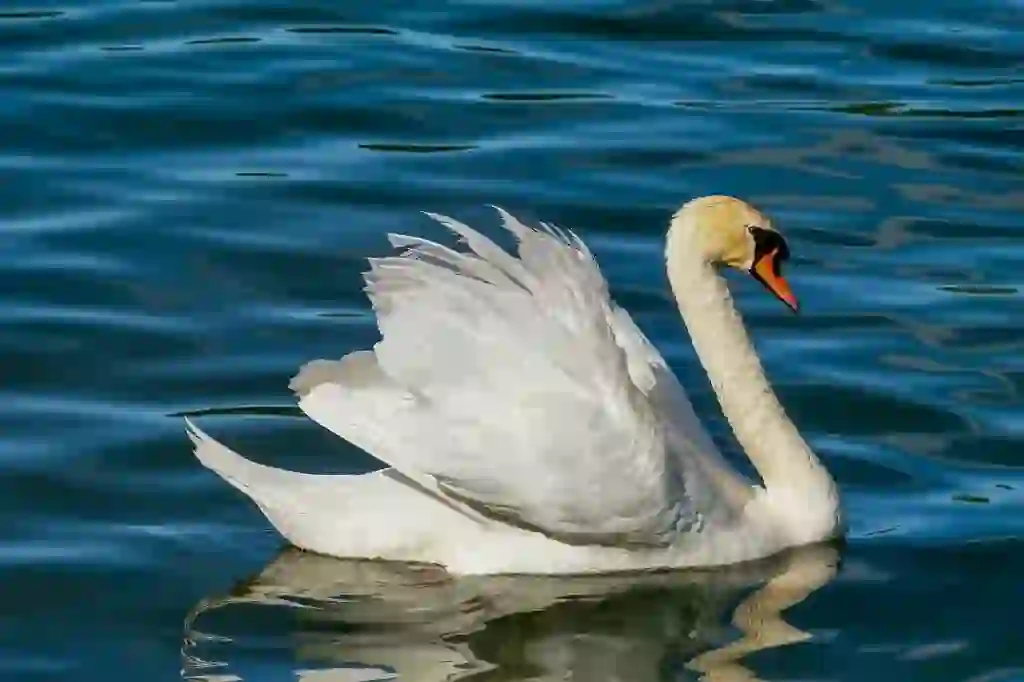
Can I feed the swans?
Have you ever fed swans with bread crumbs or sweets, such as in parks or lakes?
When I say food here, I mean things that we humans usually eat. Certainly, swans are omnivorous and may eat such things.
However, it is said that it is better not to feed them when considering swans.
There are several reasons for this, but if you feed them too much food, the river or lake may become dirty. If that happens, it becomes an uncomfortable environment for swans and other water birds.
Also, if you come here, humans will give you food! If you remember that, not only swans but also other birds will gather more and more. Then there is a concern about the outbreak of infectious diseases.
Some people may have heard of the name “bird flu,” which is influenza that infects birds’ bodies as the name suggests. Although there have been a few cases where it has been transmitted to humans so far, it does not seem to have spread that much.
And this is related to bird flu, but when you find wild birds or their droppings, including swans, do not touch them under any circumstances.
The possibility of bird diseases being transmitted may be low, but it cannot be said that it is 100% safe. So if you touch them by mistake, please wash your hands immediately.

Are swans scary birds?
Swans swim elegantly on the water and seem to have a calm personality, but they surprisingly have a violent side.
However, it is not simply that they have an irritable personality, but they often become rough only during the breeding season.
If you try to approach a swan’s nest, even humans will be attacked mercilessly and sometimes killed.
However, this is only because they are trying to protect the chicks that will be born from now on, so it doesn’t seem that swans are particularly scary.
If a larger and stronger animal comes to disturb the nest than a swan, it seems that the swan may stop fighting back.
However, with a total length of 180cm, which is quite large in size, swans can somehow stand up to human sized animals and may be desperately resisting.
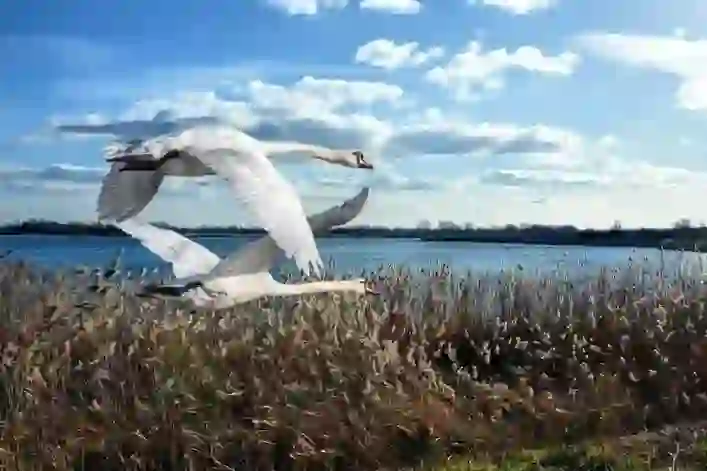
Is it true that there are black swans?
When you think of swans, you first imagine their pure white appearance. However, interestingly, there are also black swans with black bodies.
They are called “Kokuchou” in Japanese and are also known as “Black Swan.” As the name suggests, their feathers are completely black and their beaks are red. Originally, they are birds that inhabit Australia, but they are sometimes seen in Japan as well.
However, this is not a natural occurrence; someone imported them and then released them into the wild without permission, and since then their breeding numbers have increased. Therefore, there is concern that it may affect Japan’s ecosystem.
By the way, the theory that something that was thought to be impossible or unlikely to happen actually happens is called the Black Swan Theory.

Would you like to become a part of the 'Animalbook.jp'?
Turn your knowledge into Q&A and share it with the world. ※Publication will be activated after purchase. Let's share information together!
Swan Type of List
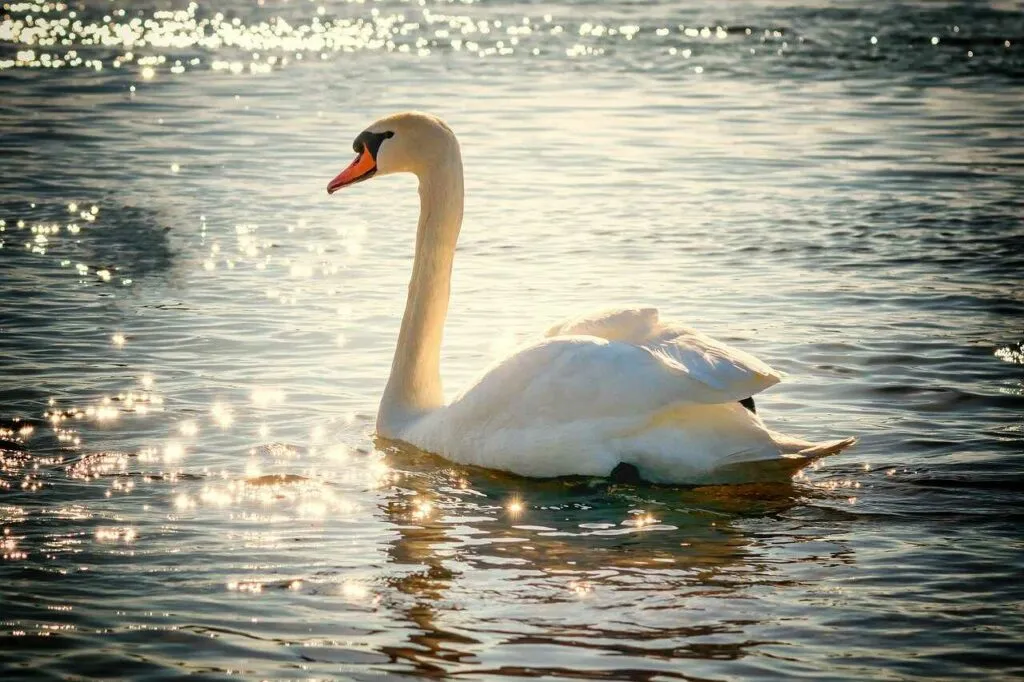
・Whooper Swan. ・Tundra Swan. ・Tundra Swan. ・Trumpeter Swan. ・Mute Swan. ・Black-necked Swan. ・Coscoroba Swan. ・Black Swan.
Information
Congratulations! You are the first commenter!

Create Your Favorite List!
Swan
Save the animals you love! Build your own list to quickly revisit your favorites later.

Would you like to leave a comment?
※Please note: This is for the purchase of rights to post comments within the article.
Find Your Favorites!
Our shop offers a unique and attractive selection of goods themed around various animals.
Swan References

- 日本大百科全書(ニッポニカ) 知識の宝庫!目がテン!ライブラリー https://www.ntv.co.jp/megaten/archive/library/date/08/02/0210.html
- 郡山市立小泉小学校 http://www.edu.city.koriyama.fukushima.jp/koizumi-e/swan/QA/Q4/kubiga.html
- ネイチャーエンジニアいきものブログ https://www.nature-engineer.com/entry/2019/02/03/080000
- 森と水の郷あきた http://www.forest-akita.jp/data/bird/21-hakuchou/haku.html
- 国土交通省東北地方整備局酒田河川国道事務所 https://www.thr.mlit.go.jp/sakata/river/museum/swan/observe_seitai.html
- 青森県平内町 https://www.town.hiranai.aomori.jp/index.cfm/8,0,73,312,html
- 国立研究開発法人国立環境研究所 侵入生物データベース https://www.nies.go.jp/biodiversity/invasive/DB/detail/20480.html
- 鏑川白鳥を守る会 http://citizen8823.livedoor.blog/archives/8175943.html
- 万物の寿命まるわかり事典 http://www.lance4.net/banbutuno-jumyo/z0203.html
Swan Introduction of media used
出典:https://pixabay.com/videos/id-3103/

出典:https://pixabay.com/images/id-2077219/

出典:https://pixabay.com/images/id-2378286/

出典:https://pixabay.com/images/id-3802137/

出典:https://pixabay.com/images/id-3376622/

出典:https://pixabay.com/images/id-4520462/

出典:https://pixabay.com/images/id-3186341/
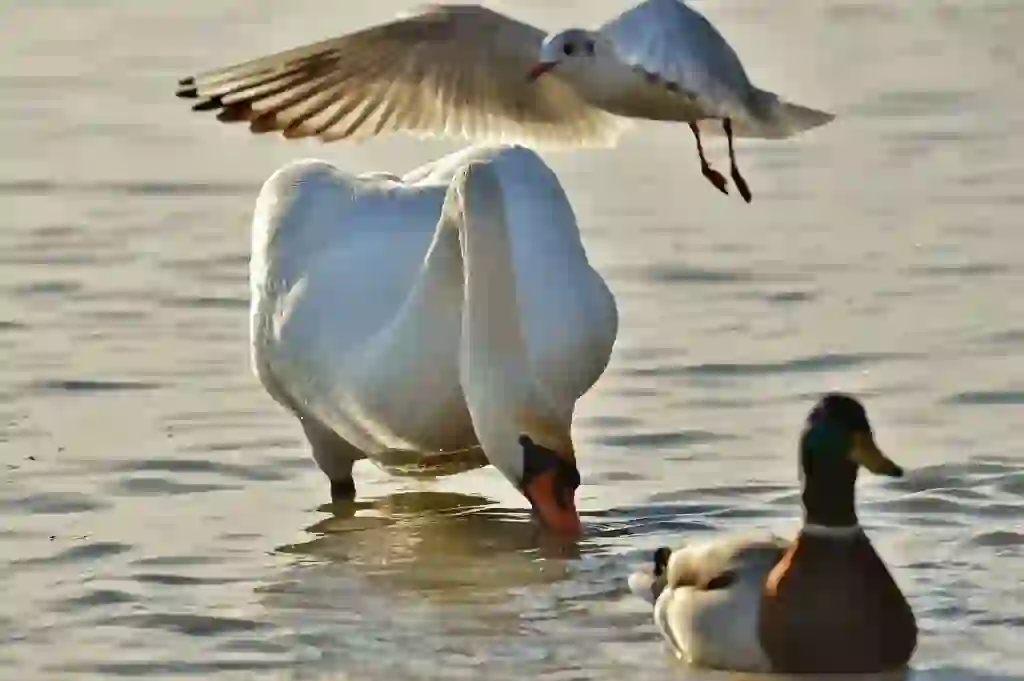
出典:https://pixabay.com/images/id-3179322/

出典:https://pixabay.com/images/id-810673/
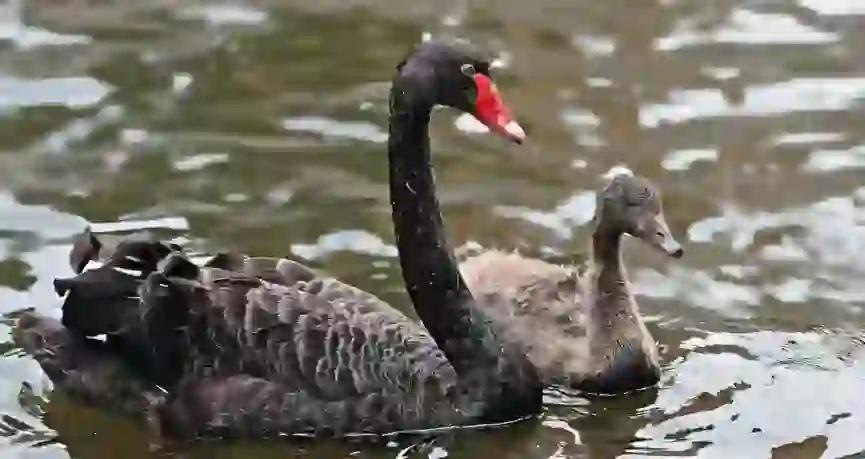
similar
出典:https://pixabay.com/images/id-2395379/

Help Enrich Our Animalbook.jp with Your Media!
We are constantly looking to expand and enrich our Animalbook.jp with amazing photos and videos of animals. If you have any media that you'd like to share, please contribute and help us showcase the beauty and diversity of the animal kingdom. Your submissions will be credited and featured in our encyclopedia, reaching a wide audience of animal lovers.


















